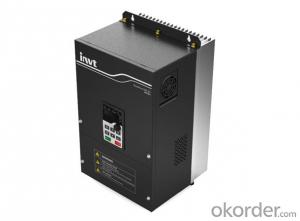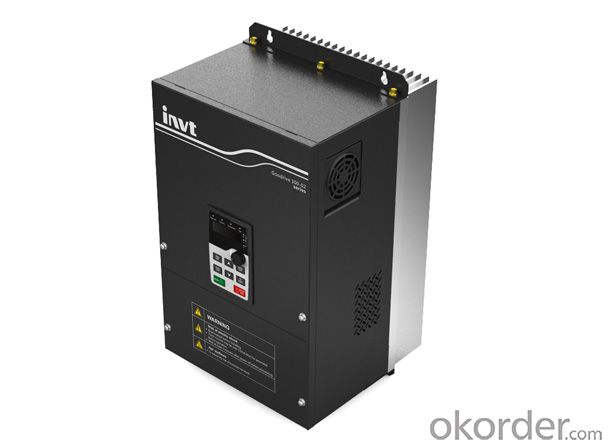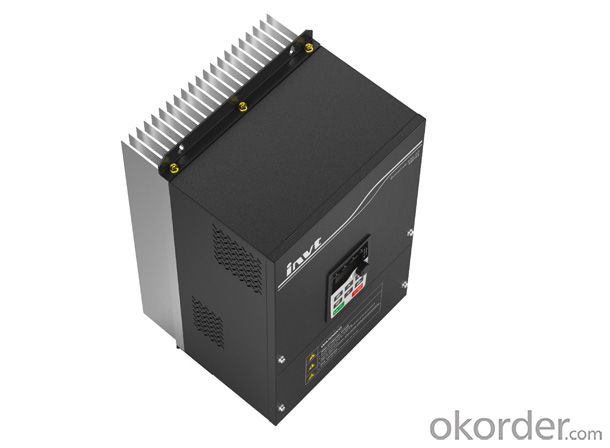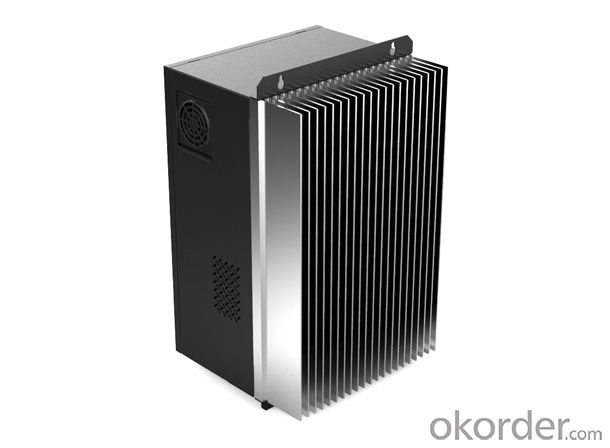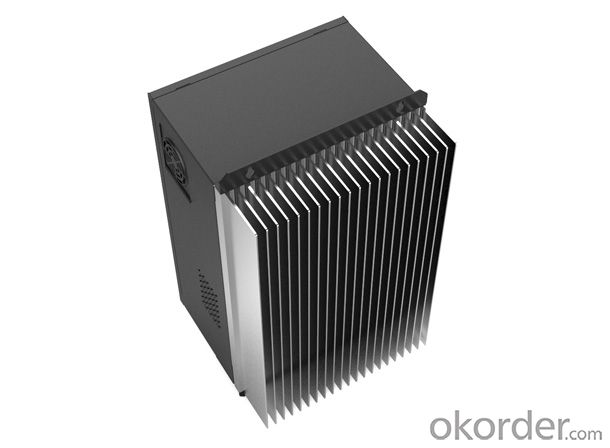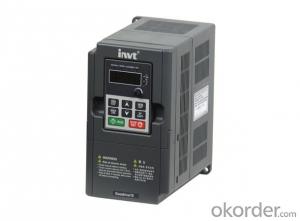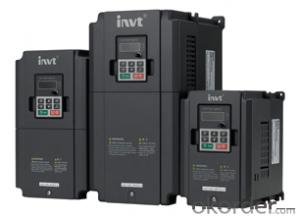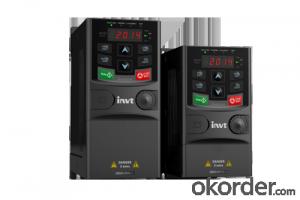Solar Inverter Goodrive300-02 Flange-Mounting Drive with Full Certificate
- Loading Port:
- China main port
- Payment Terms:
- TT OR LC
- Min Order Qty:
- 100 pc
- Supply Capability:
- 10000 pc/month
OKorder Service Pledge
OKorder Financial Service
You Might Also Like
Goodrive300-02 Flange-Mounting Drive with full certificate
Specification
By the design of flange-mounting structure, Goodrive300-02 inverter, a special product developed according to the application features of textile industry, can effectively avoid foreign objects such as cotton fiber, dust and oil causing secondary pollution to the inverter and improve the temperature in the electrical cabinet and air ducts.
Goodrive300-02 inverter uses the design against cotton fiber blockage and it can run reliably for a long term at the high temperature of 50℃.
Futures
Flange-mounting will avoid external cotton fiber, dust and oil causing secondary pollution;
Based on the application features of textile industry, the special design of cooling structure can prevent cotton fiber from covering and blocking the radiator; the fans of electrical circuit are easy to clean and replace;
Metal casing design for all series adopts aluminum radiator in large size, so the inverter can run reliably for a long term at the environment temperature of 50℃;
All series support common DC bus;
Nonstop function at instantaneous power loss;
Standard MODBUS communication, optional Profibus-DP, CANopen and Ethernet communication.
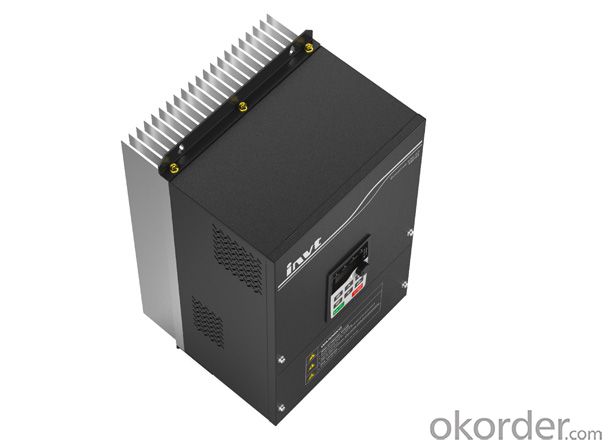
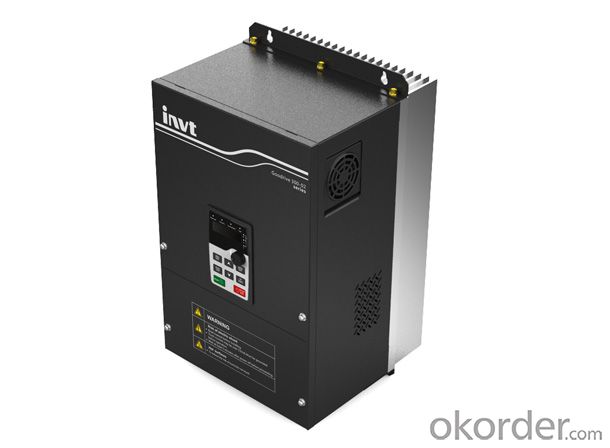
FAQ:
Q: Do you have the CE, TUV, UL Certification?
A: We’ve already passed all the tests, and any certificate is available.
Q: Have you ever sold your products to companies in my country?
A: Of course, we have customers in all general PV markets, but I think we should expand our market share along with the market growth.
Q: When did your company set up? You are a new company, how can I believe your quality?
A: We entered into Solar PV industry in 2005, now we have several plants in manufacturing of a-Si and c-Si panels, and our capacity is 220MW per year. Till now we have already passed all the tests by authorized laboratories, e.g. TUV, CE, UL.
Q: Can you help us install the module if we cooperate with you?
A: We haven’t entered into installation sector, but we have the plan in near future.
Q: How do you pack your products?
A: We have rich experience on how to pack the panels to make sure the safety on shipment when it arrives at the destination.
Q: Can you do OEM for us?
A: Yes, we can.
Q: Can we visit your factory?
A: Surely, I will arrange the trip basing on your business schedule.
- Q: Can a solar inverter be used in a solar-powered desalination system?
- Yes, a solar inverter can be used in a solar-powered desalination system. A solar inverter is responsible for converting the direct current (DC) electricity generated by solar panels into alternating current (AC) electricity, which is required for the operation of the desalination system. By utilizing a solar inverter, the system can effectively harness solar energy and convert it into usable power for the desalination process.
- Q: How does a solar inverter prevent reverse current flow?
- A solar inverter prevents reverse current flow by using a specialized circuitry called anti-islanding protection. This circuitry constantly monitors the grid and disconnects the solar system from it when it detects a drop in voltage or a power outage. This ensures that any excess energy generated by the solar panels does not flow back into the grid, preventing potential damage to the system and protecting utility workers during maintenance or repairs.
- Q: What are the potential risks of overheating a solar inverter?
- The potential risks of overheating a solar inverter include reduced efficiency, decreased lifespan, and potential damage to the internal components. It can also lead to unexpected shutdowns or malfunctions, resulting in a decrease in solar energy production. Additionally, overheating can pose a fire hazard, especially if proper cooling mechanisms or ventilation are not in place. Regular monitoring and maintenance are crucial to prevent these risks and ensure optimal performance of the solar inverter.
- Q: Does a solar inverter require a separate grounding system?
- Yes, a solar inverter typically requires a separate grounding system to ensure proper electrical safety and protection against potential faults or surges. Grounding helps to divert any excess electrical current away from the inverter and reduces the risk of electrical shocks, equipment damage, or fire hazards.
- Q: What is the maximum number of solar panels that a solar inverter can support?
- The maximum number of solar panels that a solar inverter can support depends on the specific model and capacity of the inverter. Different inverters have different power ratings and input capacities, which determine the number of solar panels they can handle. It is important to consult the manufacturer's specifications or consult with a professional to determine the appropriate number of panels that can be supported by a particular solar inverter.
- Q: What is the role of a solar inverter in a grid-tied system?
- The role of a solar inverter in a grid-tied system is to convert the direct current (DC) electricity produced by the solar panels into alternating current (AC) electricity that can be used by the electrical grid or consumed by the appliances and devices in a home or business. It also ensures that the solar energy generated is synchronized with the grid's voltage and frequency to enable efficient and safe transfer of power. Additionally, the solar inverter monitors and controls the flow of electricity between the solar panels, the grid, and any energy storage systems that may be connected to the system.
- Q: PV grid-connected inverter and independent inverter in the control of what is the difference
- The independent inverter in the output voltage phase amplitude of the frequency control is initially set good. Independent inverter, you should refer to off-grid inverter, do not need to consider the grid situation.
- Q: What is the role of a solar inverter in a battery storage system?
- The role of a solar inverter in a battery storage system is to convert the direct current (DC) electricity produced by the solar panels into alternating current (AC) electricity, which is compatible with the electrical grid and can be used to power household appliances or feed back into the grid. Additionally, the solar inverter manages the charging and discharging of the batteries, ensuring efficient energy storage and usage.
- Q: What is the difference between a PV inverter and a solar inverter?
- The main component of the inverter is the three-phase bridge converter. The main purpose of the grid-connected inverter is to change the power to DC and change the AC power. The main purpose is to improve the power quality (because the wind power generation is very large
- Q: Can a solar inverter be used in areas with limited roof space or installation options?
- Indeed, areas with limited roof space or installation options can still make use of a solar inverter. Typically, solar inverters are compact, enabling installation in diverse locations like the ground, walls, or even indoors. Moreover, there are various types of solar inverters accessible, such as microinverters and power optimizers, which offer greater flexibility in system design and installation. By utilizing these alternatives, available space can be maximized, and more installation options can be provided for areas with restricted roof space.
Send your message to us
Solar Inverter Goodrive300-02 Flange-Mounting Drive with Full Certificate
- Loading Port:
- China main port
- Payment Terms:
- TT OR LC
- Min Order Qty:
- 100 pc
- Supply Capability:
- 10000 pc/month
OKorder Service Pledge
OKorder Financial Service
Similar products
Hot products
Hot Searches
Related keywords
